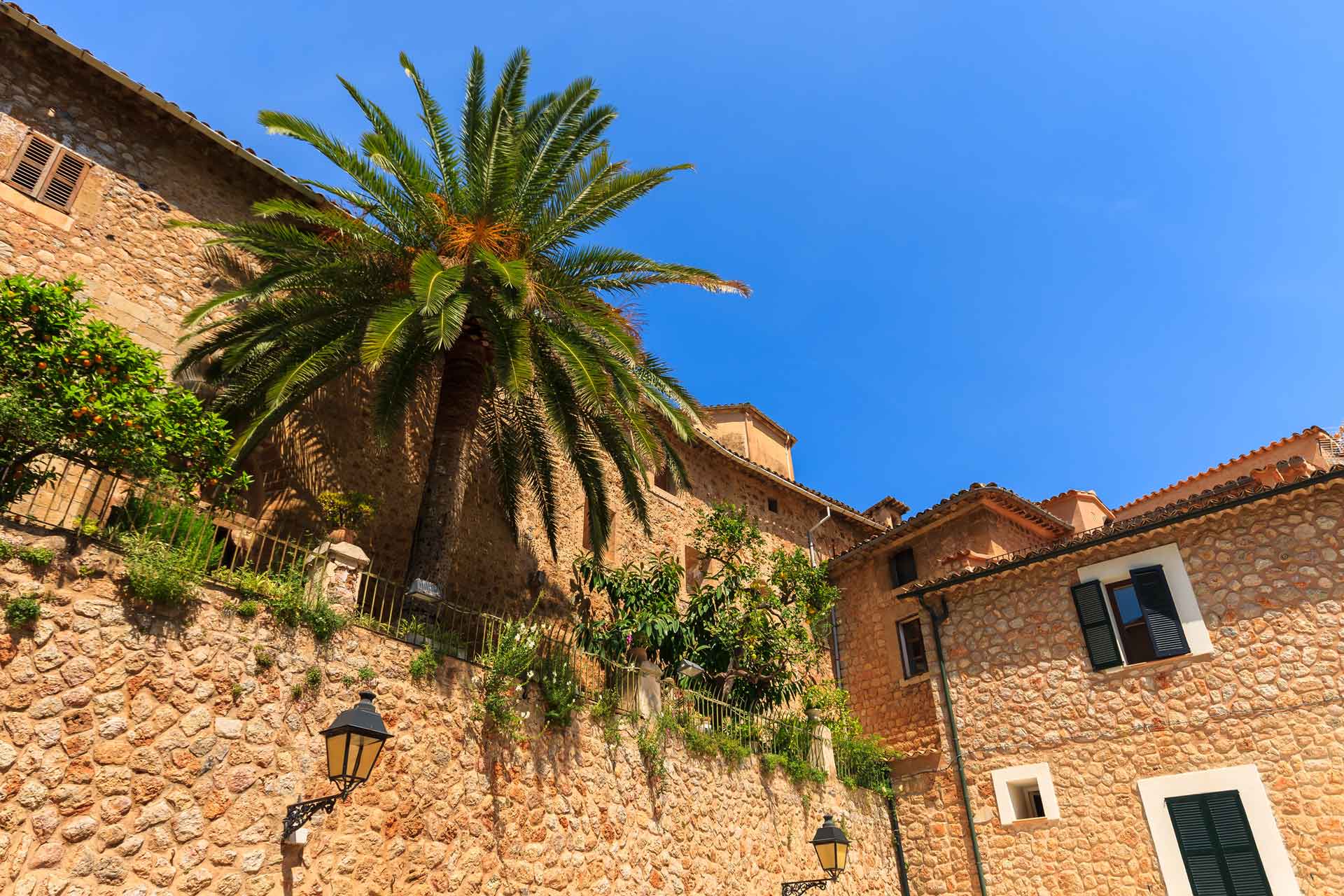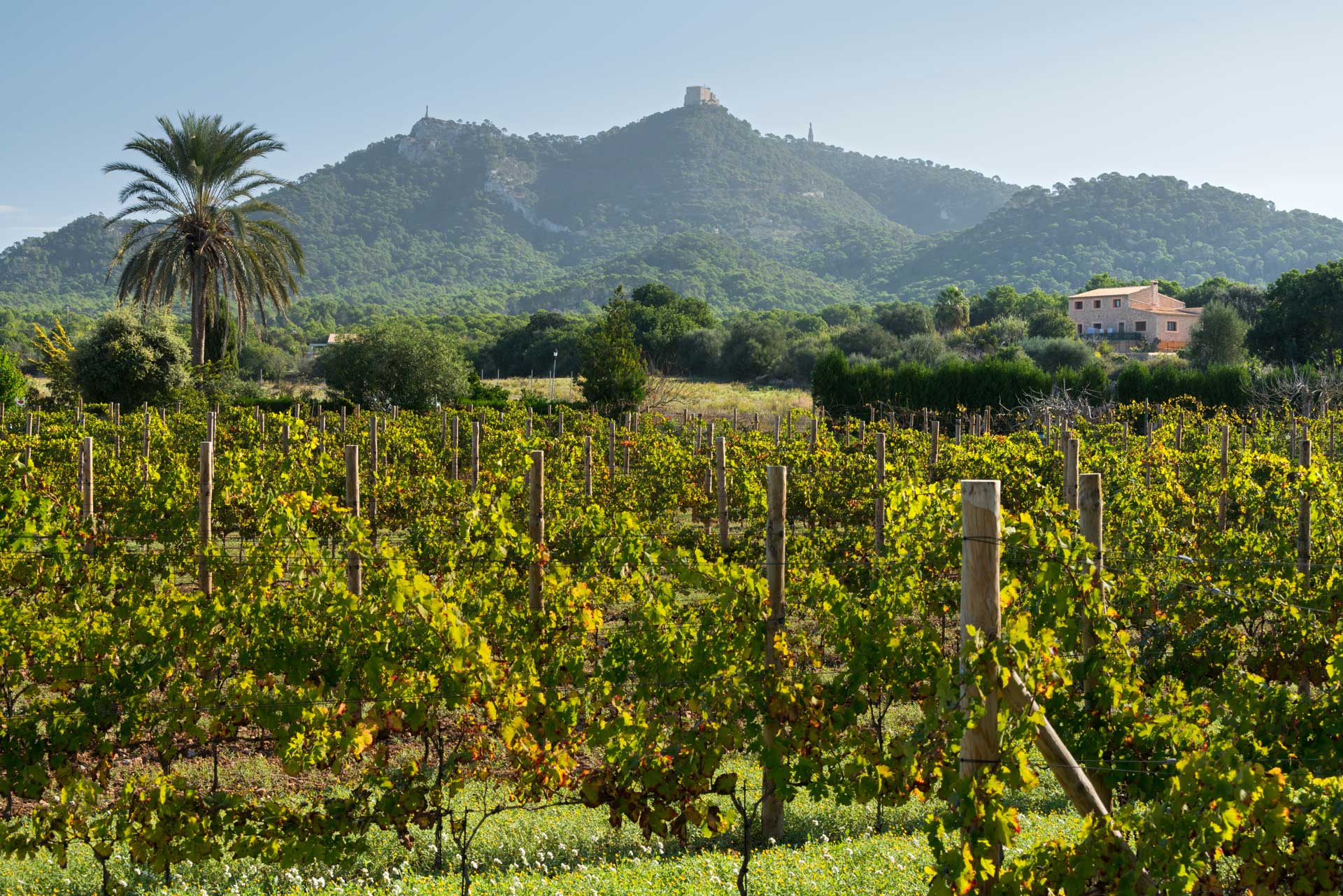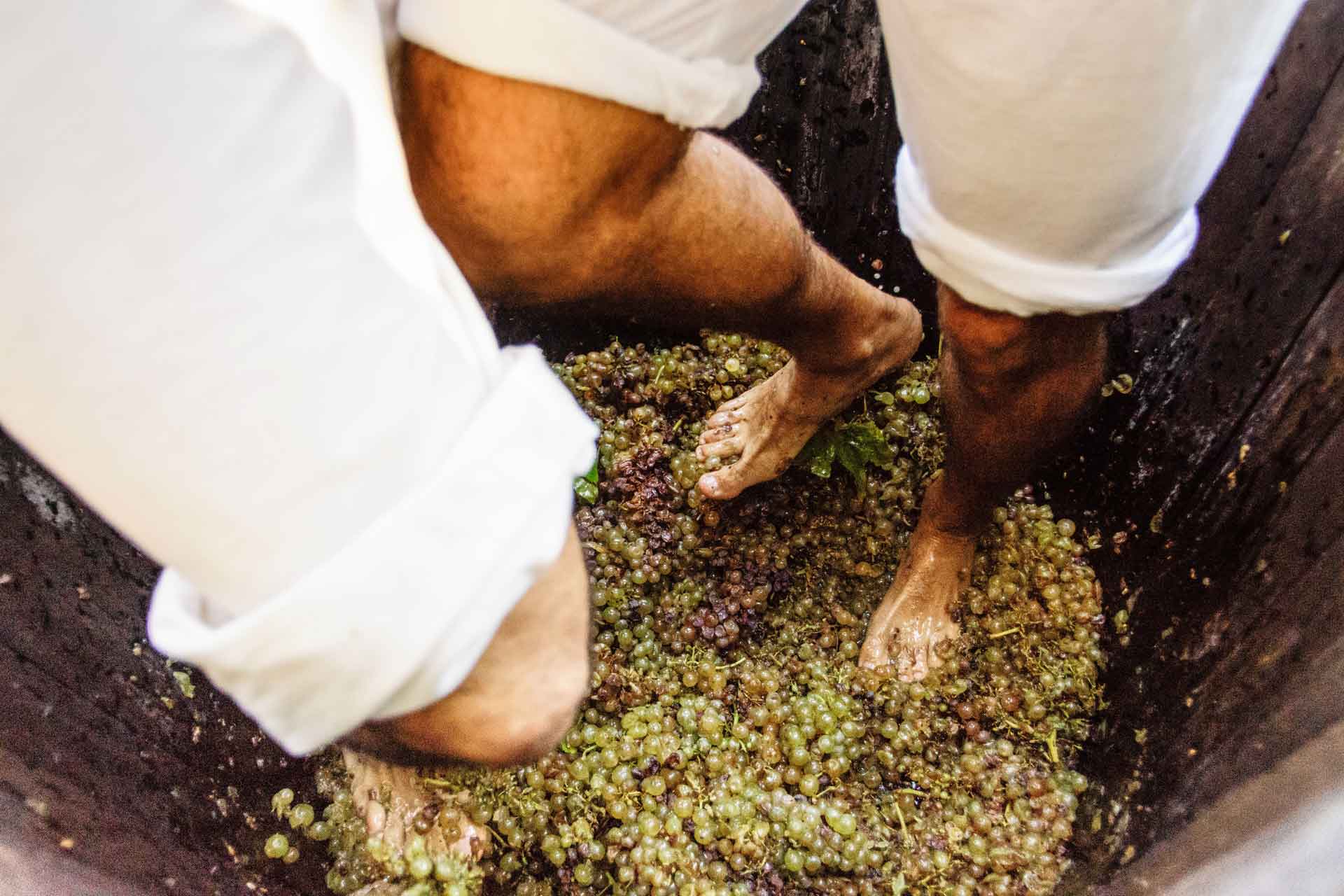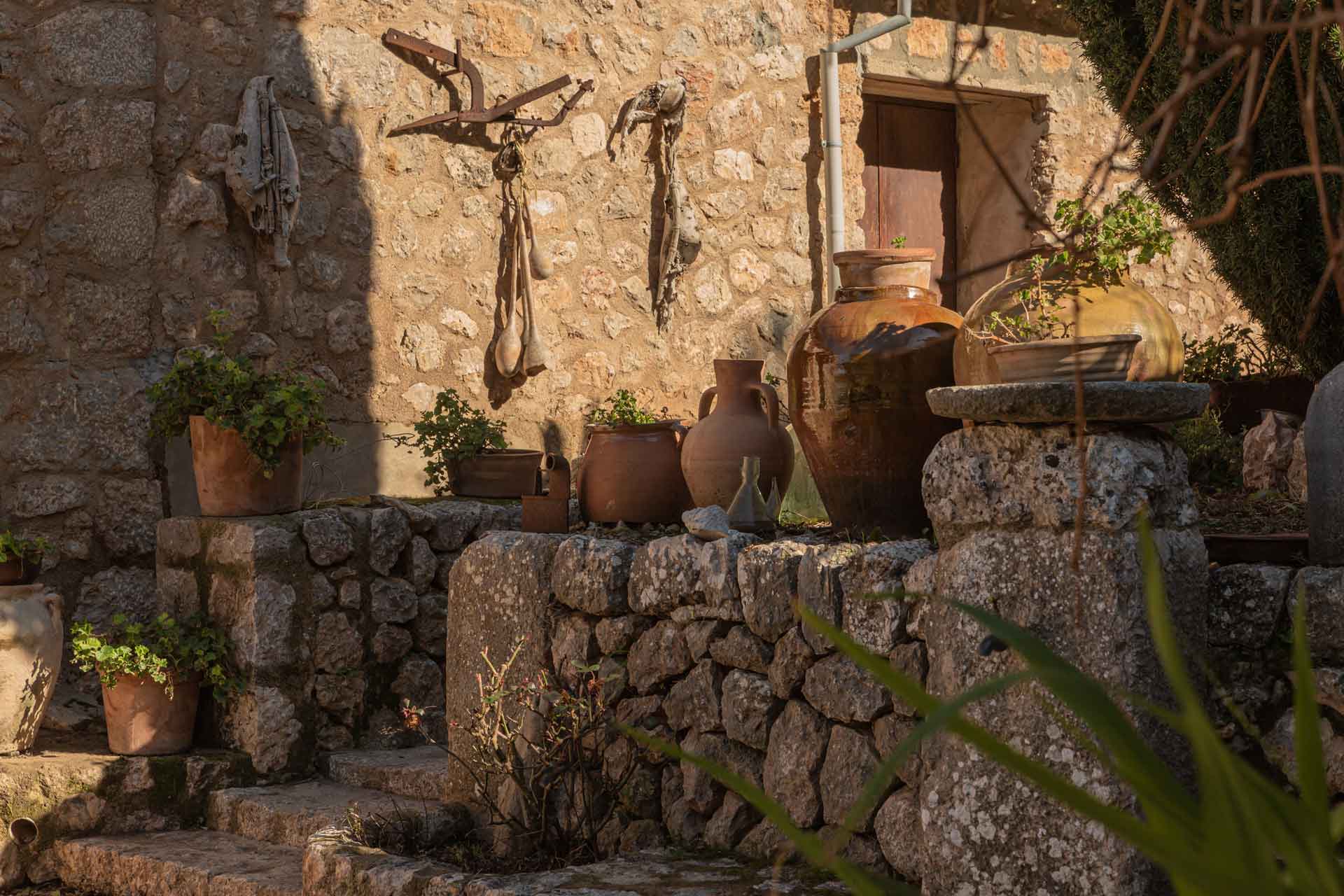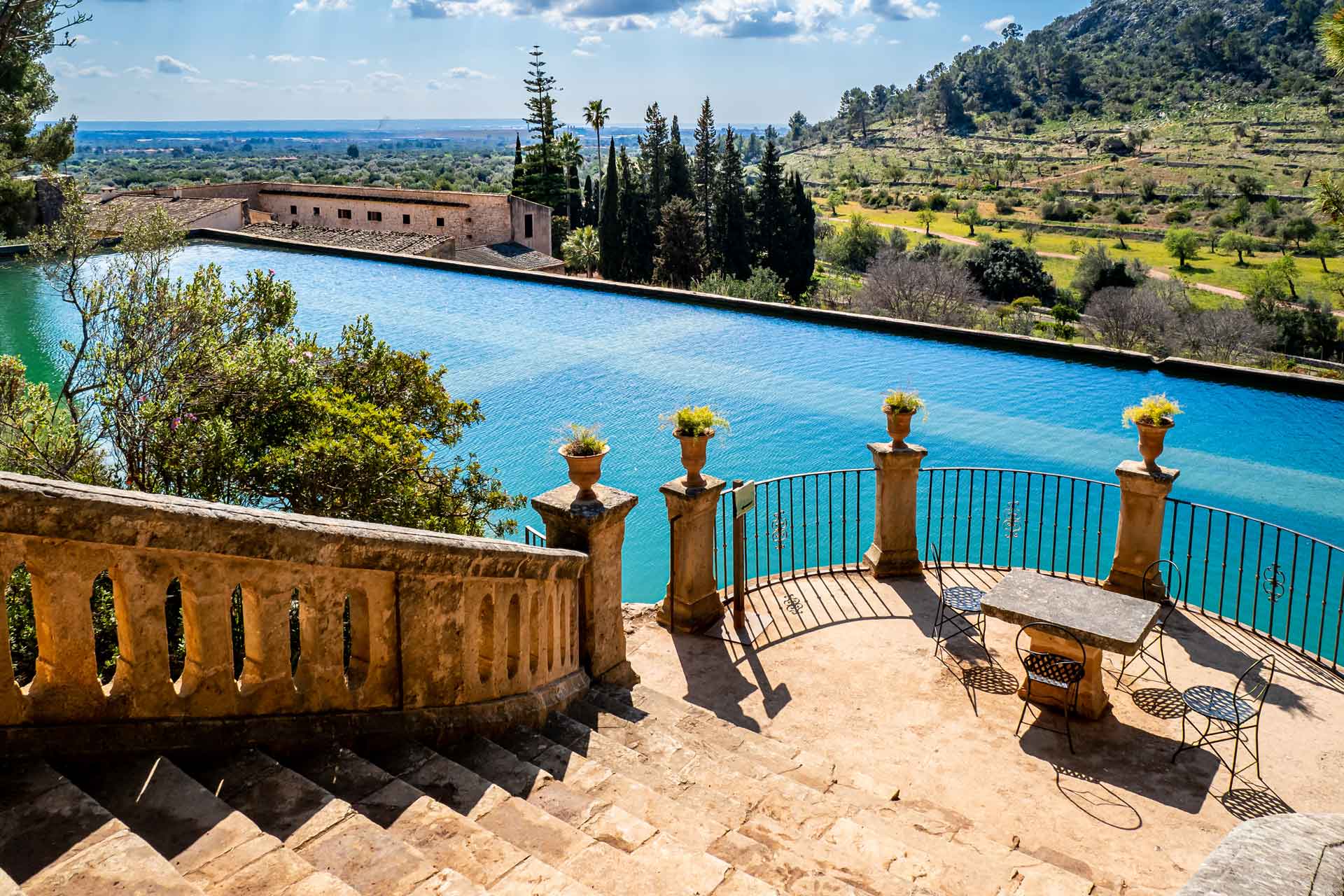The Caves of Campanet, located in the heart of Mallorca, emerge as an underground treasure of incalculable value for both science and tourism. Discovered in 1945, these caves have become a fascinating point of interest for visitors from all over the world, offering a unique natural spectacle on the island.
This network of natural cavities extends over approximately 3,200 square metres, revealing a hidden world of stalactites and stalagmites formed over millions of years. The beauty of these limestone formations, which seem to defy gravity, creates an almost magical atmosphere, transporting visitors back to a time when nature was just beginning to sculpt these geological wonders.
From a geological point of view, the Campanet Caves are an exceptional natural laboratory. They offer geologists and scholars the opportunity to study the formation processes of karst caves and to better understand the geological history of the Balearic Islands. In addition, their constant temperature and humidity provide an ideal habitat for a wide variety of endemic species, some of which can only be found in this environment.
In tourist terms, the Campanet Caves represent a unique attraction in Mallorca. Unlike other more touristically exploited caves, these ones maintain an air of authenticity and tranquillity, offering a more intimate and reflective experience. Their location, close to the Serra de Tramuntana, makes them a perfect complement to the itineraries of nature and culture lovers visiting the island.
Contenidos / Contents
History and discovery of the caves
The Caves of Campanet were discovered in 1945, a period marked by the end of World War II, a time when the world was in full transformation. In this context, the discovery of the caves added a touch of wonder and discovery at a time of great global change.
The discovery of the Campanet Caves took place during the search for a subway water source, with the aim of transforming the surrounding land into irrigated areas. The owner of this land was aware of the existence of a small opening through which a stream of fresh air emanated. Based on this clue, he deduced that such a phenomenon could be associated with the presence of groundwater. This intuition led him to explore further, which eventually led to the discovery of the caves.
This discovery soon aroused the interest of geologists and speleologists, who began to explore this fascinating subway world. What they found was a complex labyrinth of galleries and rooms, adorned with impressive limestone formations.
Early explorations focused on mapping and documenting the extent and complexity of the caves. These initial studies revealed that the Campanet Caves were not only extensive, but also rich in geological variety. The stalactite and stalagmite formations, along with the columns and crystalline walls, showed a geological record spanning thousands of years.
In addition, early explorers and scientists who studied the caves realized their paleontological and archaeological significance. They found evidence of prehistoric fauna and remains indicating human presence in ancient times. These findings provided an invaluable window into Mallorca’s natural and historical past.
Over the years, the Campanet Caves have been the subject of numerous scientific studies. Geologists, biologists and archaeologists have worked to better understand the formation of the caves, their ecology and their place in the human and natural history of the island. These studies have helped preserve the caves not only as a tourist attraction, but also as an important educational and scientific resource.
Geological description and formations
These caves are mainly formed by calcareous rock, a type of sedimentary rock that is particularly prone to the formation of karst caves. The action of water on this rock over thousands of years has resulted in the creation of this subway complex.
Inside the Caves of Campanet you can observe various geological formations, each with its own beauty and uniqueness:
The stalactites are hanging formations are created by the deposition of minerals dissolved in the water dripping from the ceiling of the cave. In the Campanet Caves, stalactites come in a variety of shapes and sizes, some of them reaching impressive dimensions.
Stalagmites are formations that grow upwards from the cave floor, also formed by the accumulation of minerals deposited by dripping water. In some areas of the caves, stalagmites have joined with stalactites to form columns.
Pillars and pillars are structures formed when a stalactite and a stalagmite grow to meet and merge. The columns of the Campanet Caves are particularly notable for their thickness and height, some of which appear to support the ceiling of the cave.
Curtains and trays are less common formations that form when water flows down a sloping surface or over the edge of an existing formation. In the Campanet Caves, these structures add an extra dimension of beauty, with their delicate shapes and translucent colors.
Finally, pools of water containing crystalline water can be found in various parts of the caves, formed by the constant dripping of water. These pools reflect the cave formations, creating an impressive visual effect.
The combination of these formations creates a subway landscape of almost surreal beauty. The variety of shapes and sizes, along with the play of light and shadow, make the Campanet Caves a place of wonder and admiration, where every corner reveals a new aspect of nature’s majesty.

Biodiversity and archaeological finds
The Caves of Campanet are not only a geological spectacle, but also a habitat for a diversity of species and a site of significant archaeological and palaeontological interest.
In terms of biodiversity, the caves and their surroundings are home to a variety of species adapted to this unique environment. Inside the caves, you can find troglodyte fauna, species adapted to life in the dark, such as certain types of arthropods and small invertebrates. These organisms have developed unique adaptations to survive in conditions of low light and constant humidity.
We can also find bats. Some species of bats use caves as shelter and breeding grounds. These flying mammals play a crucial role in the cave ecosystem, as they help control insect populations and act as pollinators or seed dispersers.
Outside the caves, the flora and fauna are typical of the Mediterranean landscape of Mallorca, with a variety of plants adapted to the climate and soil of the region.
Archaeological and palaeontological finds
The Campanet Caves have been a site of important archaeological and palaeontological discoveries. Among the most outstanding finds are animal fossils dating back to prehistoric times, providing valuable information about the fauna that inhabited the island in the past; evidence of human presence, such as tools and other artefacts found in the caves suggesting that they were used by prehistoric humans, possibly as a shelter or as a place for rituals.
Finally, palaeoenvironmental studies of the sediments and cave formations have allowed scientists to study environmental and climatic changes in the region over thousands of years.
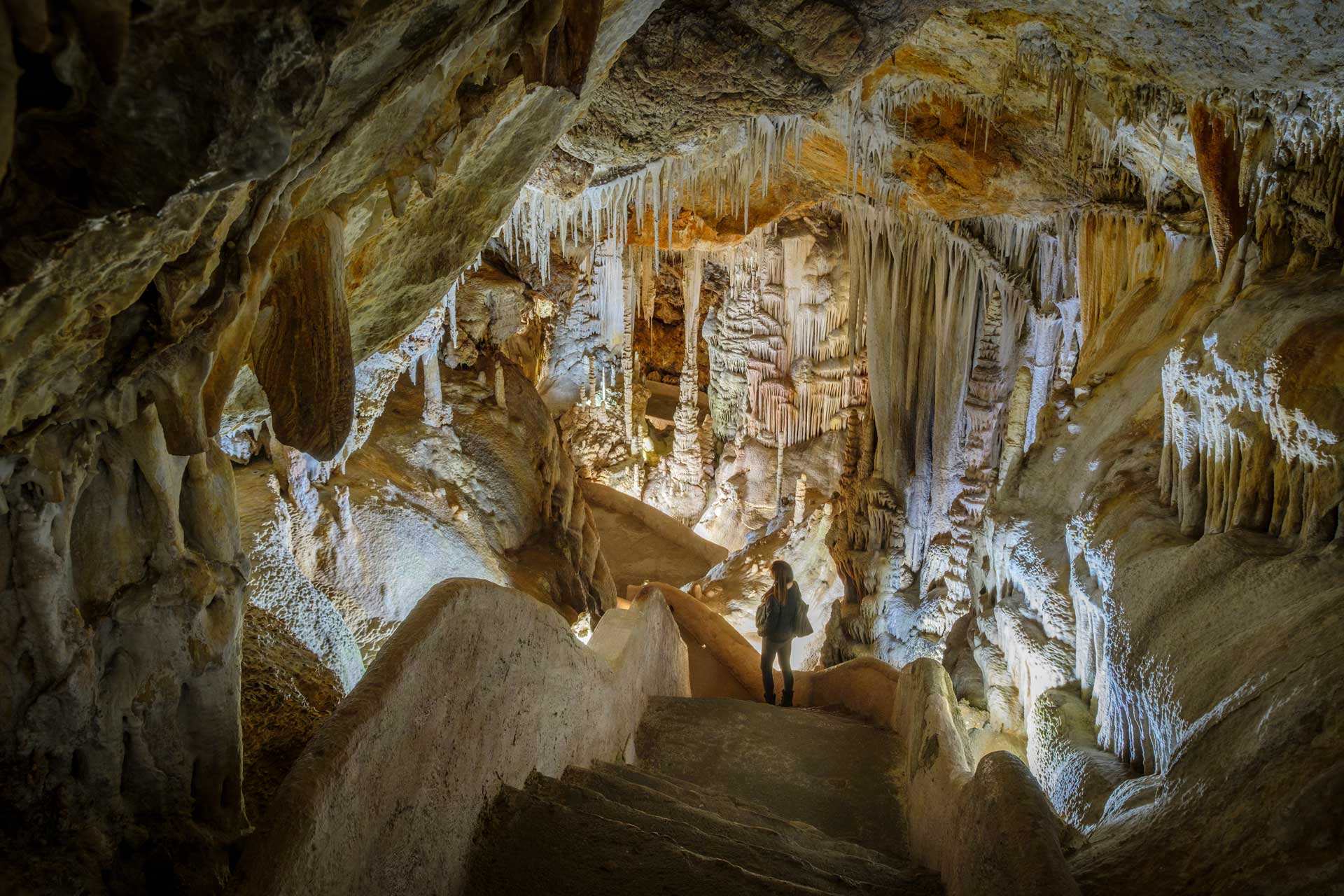
Tourist experience
Visiting the Caves of Campanet offers an unforgettable tourist experience, combining the natural beauty, history and culture of Mallorca.
Guided tours
Visits to the Campanet Caves are self-guided and usually last around 40 minutes. During this time, visitors follow a well-defined route that passes through the main rooms and formations of the caves. These tours are designed to be accessible to people of all ages and mobility levels.
The audio guides for hire focus on highlighting the most impressive geological formations, such as stalactites, stalagmites and columns. In addition, stories are shared about the discovery of the caves, their geological history and the archaeological finds made inside.
Other experiences
Occasionally, the Campanet Caves become a unique setting for concerts and cultural events. The natural acoustics of the caves provide an exceptional sound environment, creating a unique listening experience.
At certain times of the year, the caves can be the setting for special events, such as themed exhibitions or educational activities focusing on geology, archaeology or biology.
As the caves are located in a picturesque natural setting, visitors can complement their visit with outdoor activities in the surrounding area, such as hiking or picnics, thus enjoying the beautiful landscape of Mallorca.
References
- Official website of the Caves of Campanet.
- Cuevas de Campanet – Official Site This site provides detailed information on opening hours, rates, location and special events at the caves.
- Travel Blogs and Reviews.
- TripAdvisor – Reviews of the Campanet Caves Here you will find opinions and personal experiences of visitors to the caves.
- Documentaries and Audiovisual Media.
- YouTube – Documentaries about the Campanet Caves Search for documentaries or reports that show the caves and provide visual and descriptive information.
- Social Networks and Multimedia Content.
- Instagram – Photos of the Campanet Caves Use related hashtags to find photos and stories of experiences in the Campanet Caves.


